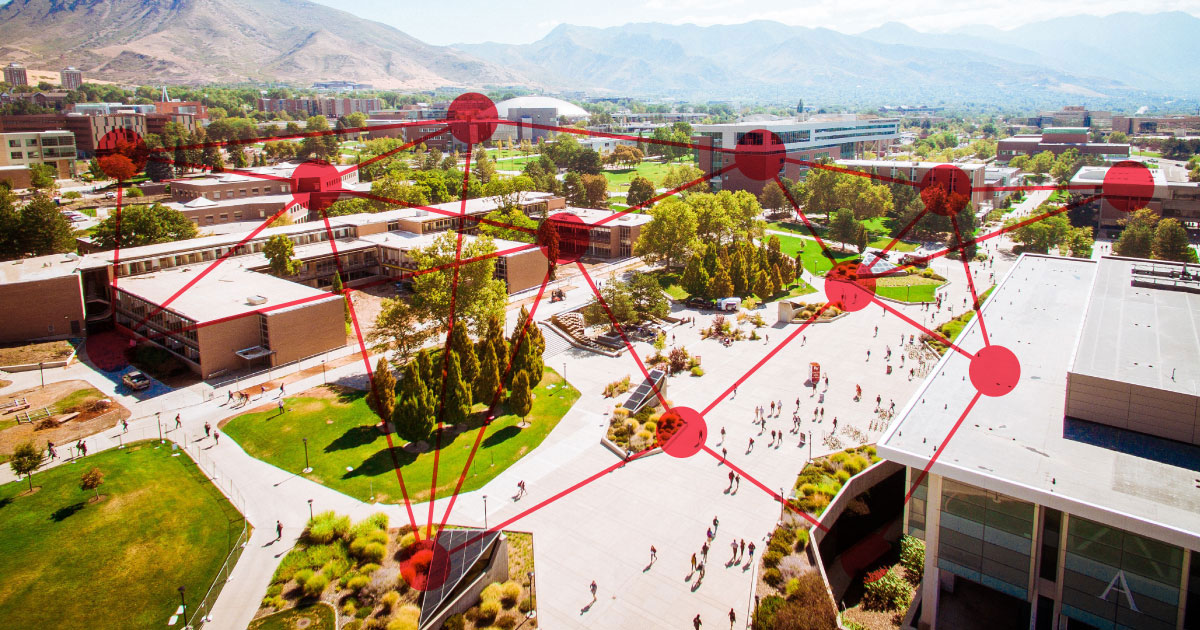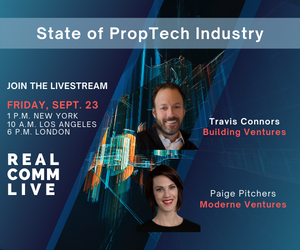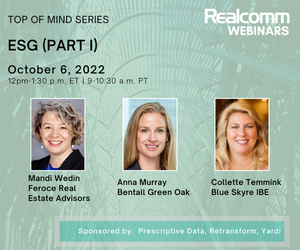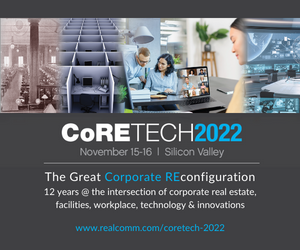Smart Environments: Using IoT Data to Create Value

When we talk about a smart environment, we mean any environment that uses sensors, beacons, other data collection devices, and wireless networks to connect all types of new and existing assets and software to generate or capture existing data.
A smart environment can be an office, floor, building, warehouse, or campus and reflects an organization’s commitment to making decisions backed by data. Once the environment is connected, an IoT platform can collect, visualize, and analyze the new data and information from existing building management systems to gain insights into how those specific assets and the environment are performing. These insights facilitate informed decision-making and allow organizations to create value by conserving energy, optimizing resources, enhancing security, and improving space efficiency. The result is reduced operational costs and better experiences for the employees and customers using that environment.
Occupancy Monitoring
One key application in a smart environment is occupancy monitoring, which provides real-time insights into how spaces within the environment are utilized. Without awareness of how different rooms are being used and when and where space is available for collaboration and meetings, teams lose valuable time trying to find places to work, ultimately causing productivity to suffer. An occupancy monitoring system based on IoT data can break this cycle by facilitating seamless interactions between the smart environment and the people that use them. Using low-power wide-area wireless sensors and other IoT devices designed to transmit data indoors or outdoors over long distances to generate occupancy data and using an IoT platform to collect, visualize, analyze, and store that data, an organization can gain a complete picture of its environment. An on-demand web app can deliver relevant information to interested parties based on each employee’s role and needs and can provide individuals, and teams access to room availability and location in real-time, allowing them to work more efficiently and boost productivity. With increased access to information, a company’s management could use room availability and utilization data to help them make decisions that optimize resource efficiency, such as determining if they need to expand or consolidate collaborative spaces.
In a corporate or university campus setting, where it can be difficult to validate investing capital in building more workspaces, occupancy data can justify the need for funding to build out extra space or repurpose existing, underutilized space. Moreover, historical data analyzed over time can distinguish patterns indicative of future overcrowding problems. This would allow a corporation or university to increase capacity before a problem emerges.
Smart environments are contributing to the proliferation of hot desking for hybrid work models. Hot desking allows remote employees to come into the office whenever they want or need to and choose a desk to use for that day. Over time, an occupancy monitoring system can analyze historical trend data to predict days that may be busier than usual when there may not be sufficient desks to accommodate an organization’s staff. Using insights from this data, a company’s management team could alert its employees in advance of a day when a potential desk shortage is likely and advise them to work remotely if possible. A company’s management team can make more informed decisions regarding space, desk, and resource allocation by addressing the few days per year when activity is expected to be unusually high. This allows the company to save money and preserve staff productivity and efficiency.
Expanding Smart Environment Use Cases
Beyond occupancy monitoring, smart environments can increase operational efficiency to drive down costs and provide a better experience for employees and customers in a variety of use cases.
Linking Building Management Systems
A management layer is needed to facilitate seamless interactions between the smart environment, the building management system, and the people that use them. An IoT platform can act as that layer to combine data from multiple systems into a single-source API for all building systems. This allows actions to be orchestrated in one system based on inputs from diversified systems, simplifying future changes or upgrades to system components. For example, a management and orchestration layer integrated into a conference-room system and a lighting system can automatically dim the lights and then bring the lights back up to signal there are a pre-determined number of minutes remaining for a meeting. This helps ensure that employees complete meetings on time and vacate meeting rooms so subsequent meetings can begin on time. This is one example of multiple systems working together to improve productivity and efficiency. In addition, pulling data from multiple sensors, IoT devices, gateways, and building management systems into a single IoT platform allows companies to build this business logic with alerting and notification tools from a single dashboard, thereby improving operational efficiency.
If you’d like to talk to our team and see how Losant might help you with your intelligent building project, please contact us.
Losant is an Enterprise IoT Platform that makes it easy to collect, visualize, and analyze data to create a smart office, building, or campus so you can quickly deliver real value to property managers, facility managers, and campus security teams. In addition, the Losant platform provides an intelligent orchestration layer between existing systems and new data sources.
This Week’s Sponsor
Read Next
 5/15/2025
5/15/2025
Tech, Talent and Transformation: 2025 Digie Finalists Announced For 27 years, Realcomm has presented the Digie Awards to acknowledge companies, real estate projects, technologies, and individuals that have advanced the commercial real estate industry through the strategic use of technology, automation, and innovation.
 5/15/2025
5/15/2025
Empowering Space Management with Data-Driven Visualization For effective CRE space management, it’s critical to centralize lease data, maximize rental square footage (RSF), improve energy efficiency and reconfigure spaces to meet changing needs.
 5/8/2025
5/8/2025
The AI-Powered Workplace Evolution: Redefining the Business Landscape In today's rapidly evolving business environment, the fusion of Artificial Intelligence (AI) and Workplace Management is revolutionizing the way organizations approach workspace optimization and operational efficiency.
 3/27/2025
3/27/2025
The Convergence of Edge Computing, Cloud, and AI in Building Automation and Smart Buildings In the built environment, we have seen the convergence of Operational Technology (OT) and Information Technology (IT), later expanding to include Workplace Technologies (WP).






%20(1)%20(1)%20(1).png)







